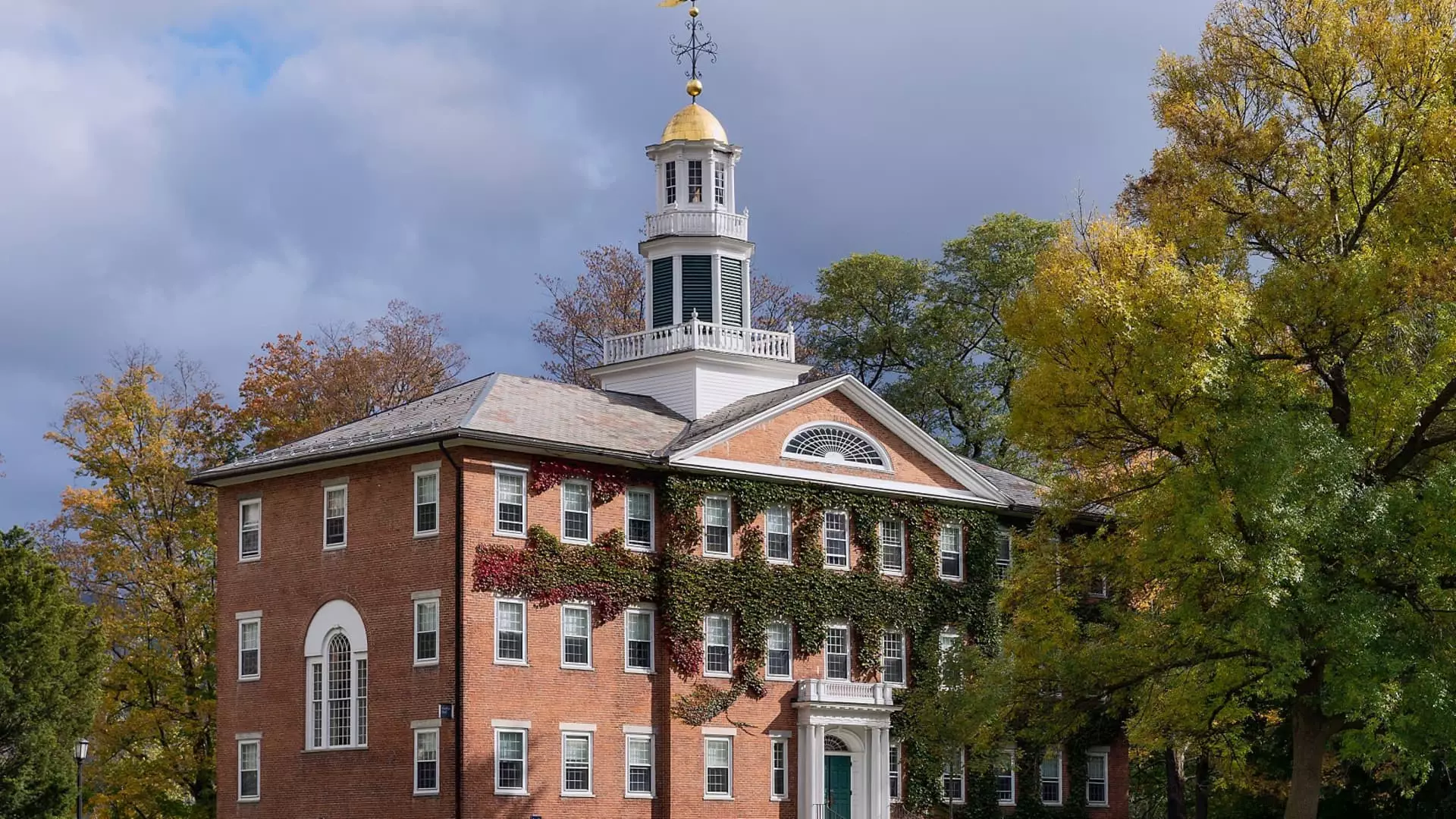The federal student loan system is on the precipice of a devastating transformation. While colleges and universities continue to hike tuition fees—outpacing household income growth at alarming rates—policymakers are poised to scale back financial aid significantly. This disturbing trend not only threatens the accessibility of higher education but also exacerbates the financial burdens on students and families who are already struggling to keep pace with rising costs. A recent report by J.P. Morgan Asset Management underscores a stark reality: the average college tuition has surged by 5.6% annually since 1983, a rate that dwarfs increases in essential household expenditures.
To provide concrete figures, the College Board has revealed that for the 2024–25 school year, the average cost for a four-year private college, including tuition and room and board, has escalated to nearly $58,600. This represents a troubling $2,210 increase from the previous year, while public colleges are similarly inflating costs, marking an increase to an average of $24,920. It feels almost cruel that as young people are encouraged to invest in their futures through higher education, the financial landscape grows more treacherous with each passing year.
A Callous Federal Proposal
Amidst this alarming landscape, the Trump administration’s fiscal plan for 2026 proposes cuts to critically needed federal aid programs. This includes an egregious reduction in the maximum Pell Grant award, plunging the available funds from $7,395 to a mere $5,710. Furthermore, this budget aims to throttle the federal work-study program, a lifeline for many students attempting to balance work and study. Such measures are not merely administrative adjustments; they represent a philosophical shift that places budgetary concerns above the education and welfare of our youth.
These cuts are intended to finance a Republican tax and spending initiative, revealing a troubling prioritization of fiscal ambitions over the educational aspirations of the next generation. It raises a critical question: how can we justify financial aid cuts when educational costs are rising unchecked? A cynical interpretation might suggest that this is not just a matter of finance, but a deliberate tactic to preserve the status quo that favors the affluent.
The Dichotomy of Costs and Aid
Despite the prevailing narrative that tuition rates signal a free market at work, the reality painted by experts like Robert Franek from The Princeton Review complicates this notion. He emphasizes that what truly matters is not the sticker price of a college but rather how much students actually pay after accounting for scholarships and grants. Indeed, grants are often considered the “magic word” in this context, as they do not require repayment and thus alleviate some burden.
However, reliance on institutional aid creates an unsettling paradox. While schools escalate their financial aid packages, the question remains whether this assistance compensates for the exorbitant tuition hikes that students must face upfront. The answer is profoundly unsettling; it suggests a system in which students are continuously shackled under the burden of debt, relying on financial aid to “afford” what should be a basic right: access to education.
Future Implications for Higher Education
As institutions scramble to adjust to this new economic climate, the vast discrepancies in financial aid packages across colleges reveal deep inequities within the education system. Students discerning their options are forced to weigh the allure of prestigious institutions against the imminent threat of crippling debt. It is no wonder that more families identify cost as a key consideration in college selection—it is a survival instinct in a landscape defined by economic uncertainty.
As public institutions like the University of North Carolina at Chapel Hill and the University of Michigan continue to offer substantial scholarships, the revenue model prioritizes elite schools while marginalizing those that cost less but may provide comparable educational quality. This fosters an environment where higher education becomes a luxury reserved for the privileged, while the rest are left to navigate a treacherous financial path littered with loans and staggering debt.
As we look to the future, it is imperative that we advocate for a system that prioritizes education as a foundational right rather than a commodity. The stakes have never been higher, and we must resist the tide of policies that would diminish our students’ opportunities to learn and grow unfettered by financial despair.

